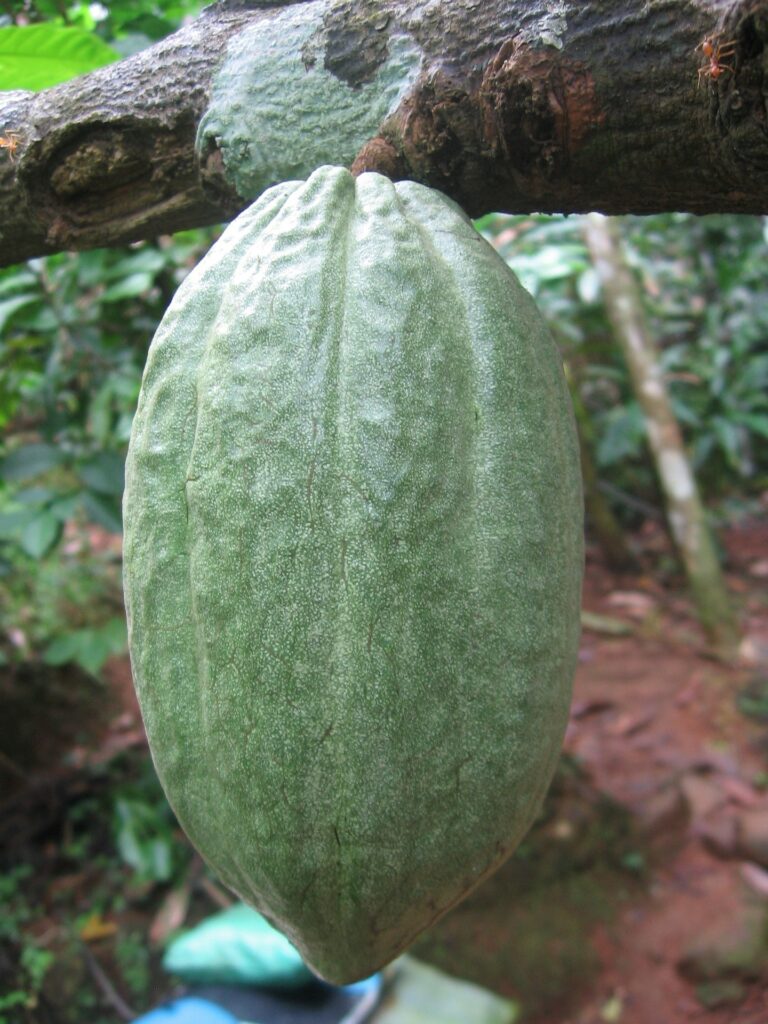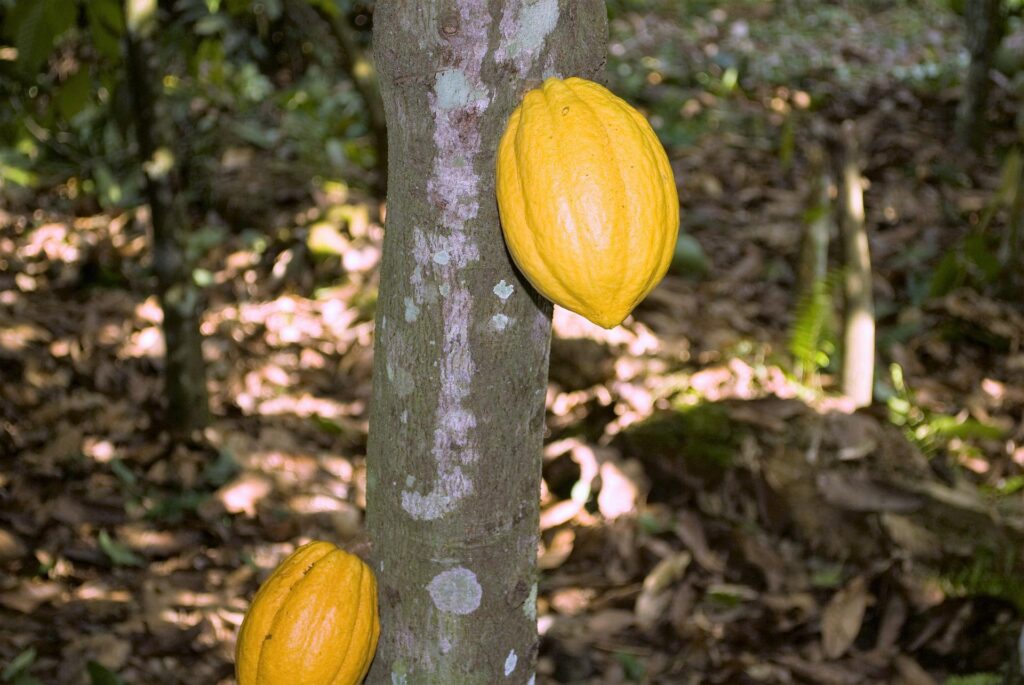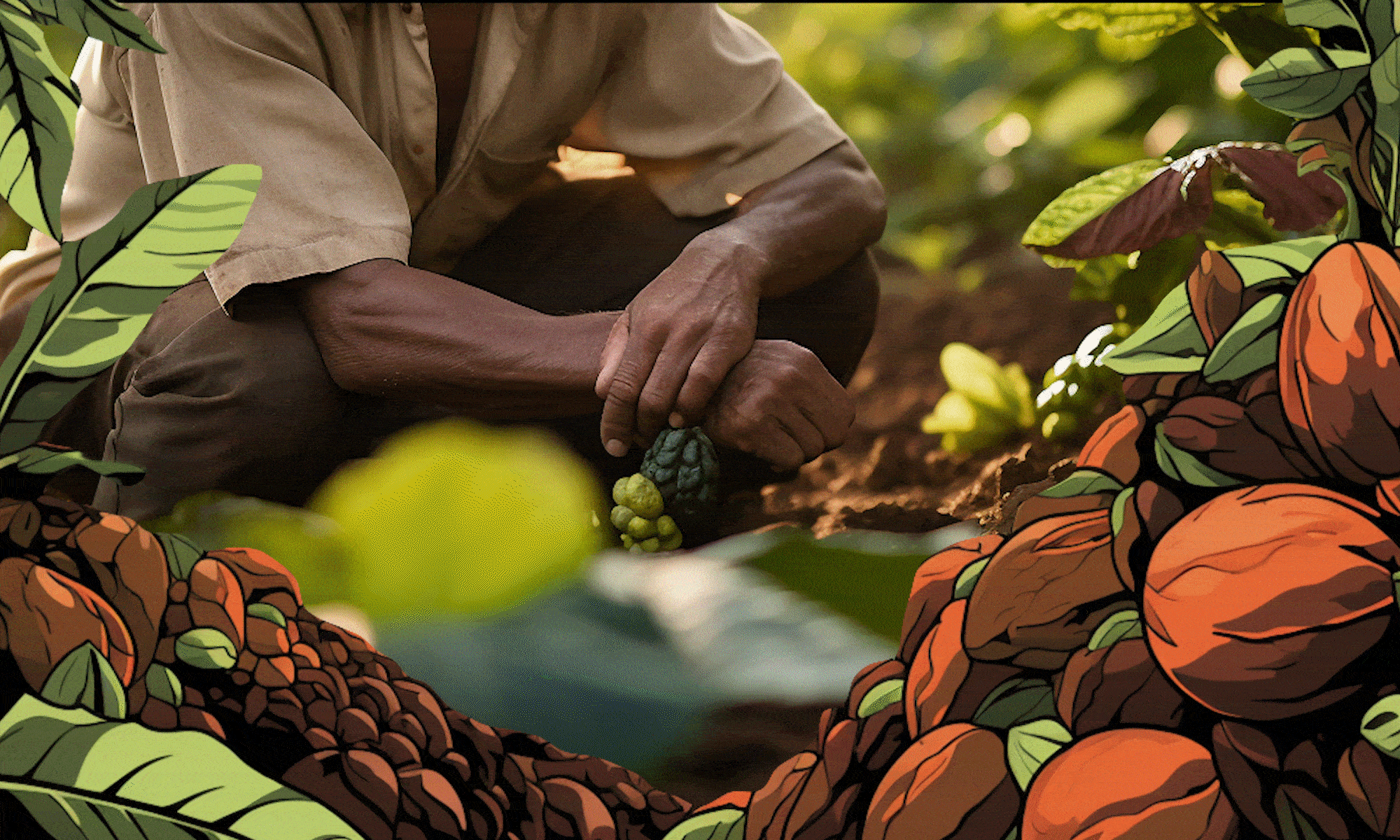By now you can confirm that we only adopt organic environmentally friendly farming techniques for our cacao. We want our customers and end users to get the best end products that will be beneficial to their bodies. It is important to note that pests nowadays are even becoming resistant to chemical pesticides and insecticides. Keeping up the organic pest control methods, however, has proven to work every time and still maintains the quality of the cacao. Let me lay out some of the pest management methods that we have adopted at Tropical cacao.

Handpicking and physical destruction of pests
I know how this sounds. It might not be as efficient as we are large-scale farmers but it works to some percentage. We have several laborers that monitor our farm daily. From our nurseries to the growing plants. They help handpick pests using sticks and wires whenever they come across them. This prevents the multiplication of pests and the destruction of our crops.
Shade management
Maintaining a regular shade level at the cacao plantation has helped us fight mirids greatly. We have always ensured that our crops are shaded properly to reduce the exposure to mirids and other pests that destroy the crop. Prevention is better than cure.
Planting trees which favor pest enemies
We have always practiced agroforestry on our farms not only for financial and food benefits but also to accommodate the pests’ enemies. Most of the crops and trees we have planted along with our cacao scare pests and this helps us manage our farms better.

Planting quality pest resistant seeds
We are known for quality and that starts right from the seeds. Our nurseries are full of quality seedlings that can resist most pests. This I can say is one of our major pest management practices that we have. Again, prevention is better.
Frequent pruning
Pruning is basically getting rid of plants that are hosting pests. If we realize during our daily monitoring sessions that a crop is hosting some pests, we get rid of it. This prevents the spread of pests to other healthy crops. This happens regularly

